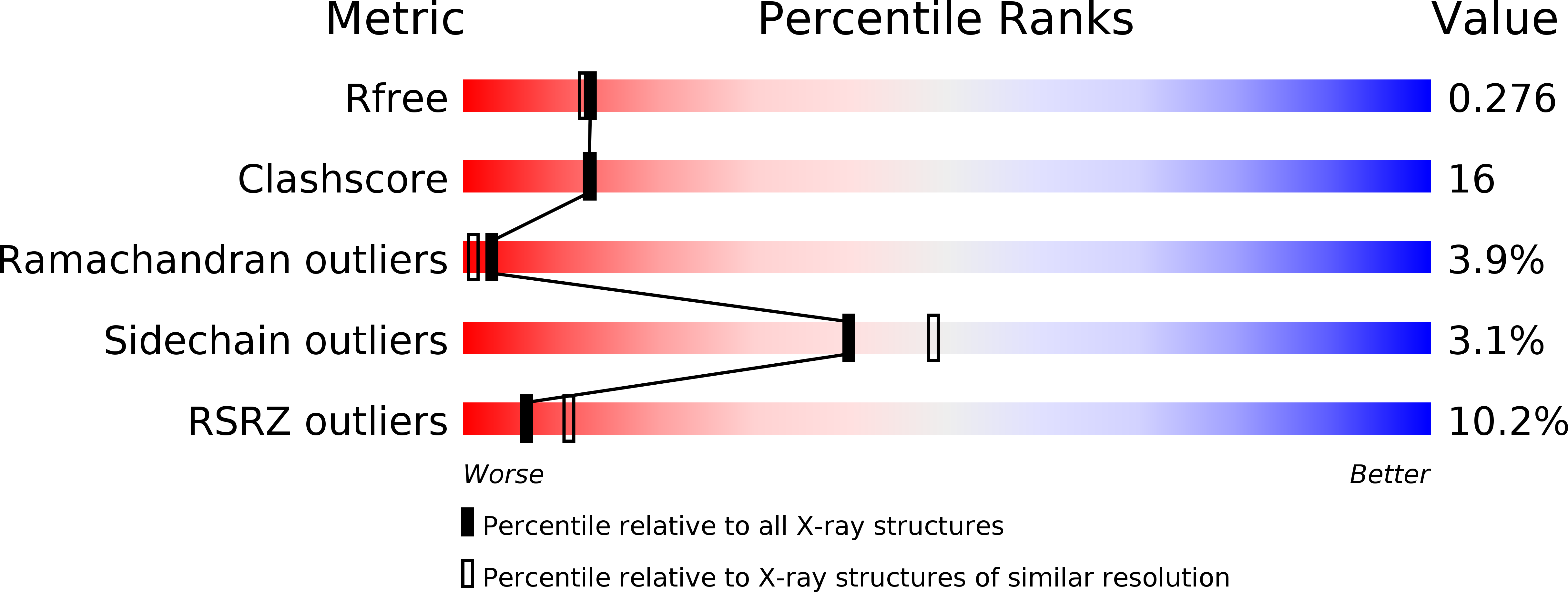
Deposition Date
2016-04-26
Release Date
2016-10-05
Last Version Date
2024-03-20
Entry Detail
PDB ID:
5JKG
Keywords:
Title:
The crystal structure of FGFR4 kinase domain in complex with LY2874455
Biological Source:
Source Organism:
Homo sapiens (Taxon ID: 9606)
Host Organism:
Method Details:
Experimental Method:
Resolution:
2.35 Å
R-Value Free:
0.27
R-Value Work:
0.23
R-Value Observed:
0.23
Space Group:
P 43 21 2


